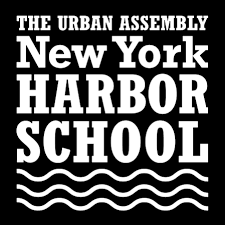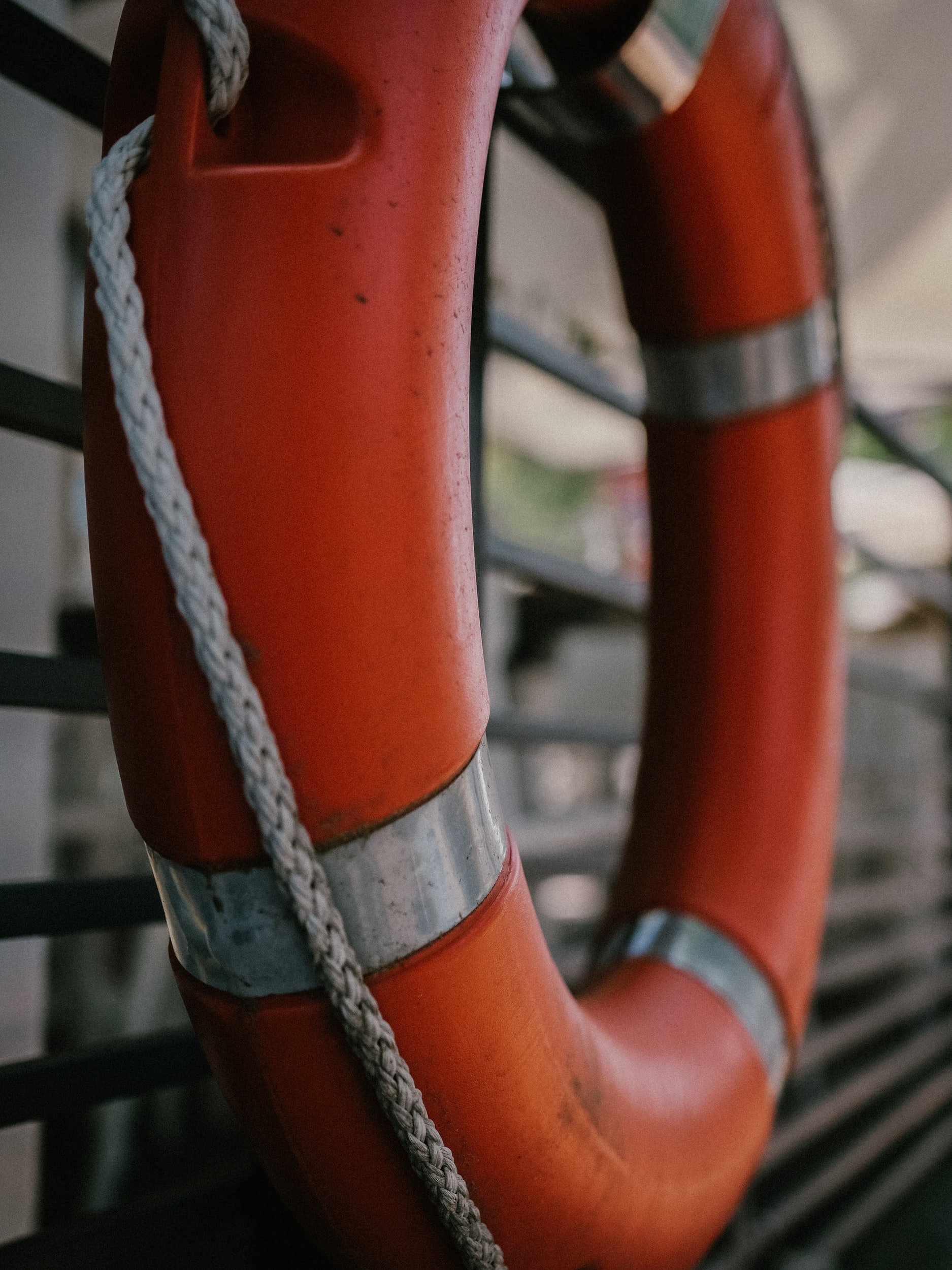Junior Class
Juniors
Where everything gets a little more complicated we hold each other accountable and responsible.
VO-3 Coastal Piloting and Seamanship
At the beginning of the Junior year, our class demonstrates to the teachers their skills, seeing what they need to touch upon and what they can move past. Junior year is when we start their journey into navigation. Knowing how to read a compass is the first step; there is true north, magnetic north and compass North. Most have four points, the most common, north, south, east, and west. However, there are precisely thirty-two points on a compass, and students are expected to know all 32 points and their places. There is a pattern that makes it easier to memorize all the points. learn the skills to correct for compass error, plot courses, measure distances, plot latitude and longitude and calculate Estimated Time of Arrivals (ETA) . A sailboat is most traditionally partnered with a compass, so going into depth of sail theory, parts of a sailboat and the equipment on a sailboat is the next steps of widening our experience of different types of vessels. Tall Ships or traditionally rigged vessels require large crew to sail. Our connections with our founding partner South Street Seaport Museum for site visits, internships and sails in invaluable. Just a mile away from Governors Island next to the Brooklyn Bridge the Museum operates the 1885 Schooner Pioneer and the 1885 Full Ship Wavertree. Special thanks to our other supporters Tall Ship field: Mystic Seaport, Manhattan By Sail, Classic Harbor Line and Discovering Amistad for amazing Work based learning experiences. When learning sail theory we learn wind and tide patterns, what it means to tack, and jibe on a sailboat. Sailboats have been part of human history for a very long time; all vessels we have now are based on the sailboat. Leaning those things makes a better mariner and more prepared for unexpected weather changes. In this program, there is a focus and goal of getting a certain amount of sea-time. Getting sea-time is essential to getting a marine license and moving up in the maritime community. To obtain a United States Coast Guard license you must obtain a certain number of sea time days to qualify. We earn sea-time through our class work days underway on the school and Billion Oyster Project Vessels and Internship and Volunteer opportunities throughout our course work in High School.
Vo-4 Safety at sea
This semester of the program, we dive deeper in first aid and CPR Red Cross certification. Creating a safer environment for wherever the students decide to work post high school is important. The students also go through basic safety training to learn basic firefighting skills, personal survival, personal safety/social responsibility, and elementary first aid. We learn about VHF radio communications, federal regulations, and practical radio procedures. Knowing what not to do on a recreational vessel is a necessity for the safety of everyone on a boat. We study real-life cases that happened with recreational boats and diagnose what happened, how the accident could have been prevented, and who takes responsibility. not only do we learn these real-life accidents on recreational vessels, but also commercial vessels. When studying the commercial vessel accidents, we go in-depth and investigate what happened before and after the accident. The united states coast guard is a massive part of a mariner’s everyday life. This organization makes every vessel accountable to follow every law and regulation the united states has on every type of vessel ever constructed. Our class works closely with the United States Coast Guard through the partners in Education (PIE) program with Station New York. Students conduct site visits aboard patrol boats, meet with USCG recruiters, tour Vessel Traffic and Command Center for the Port. The ability to connect with what we learn in in class to the real world is invaluable. Our final class assessments is running Emergency Drills (Fire, Man Overboard, and Abandon Ship) with the USCG Station NY boats. It’s an amazing experience to work together as a team with these true maritime professionals.


